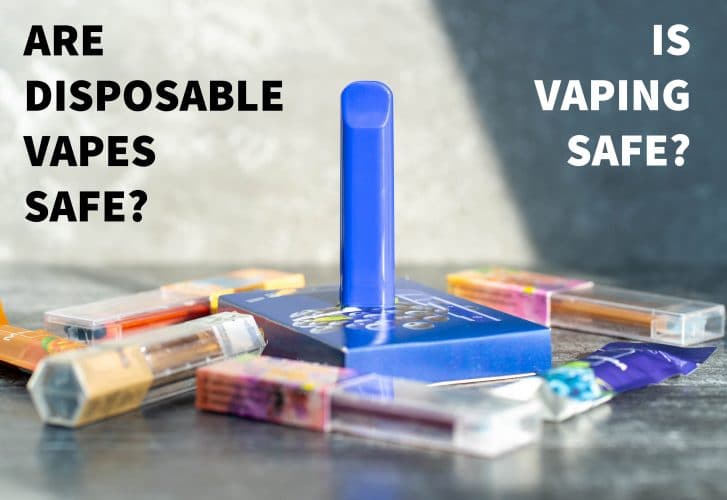In recent years, the use of electronic cigarettes, commonly known as Cake Disposables Vaps, has gained significant popularity among individuals seeking an alternative to traditional smoking. Proponents argue that vaping reduces exposure to harmful chemicals found in combustible tobacco products, making it a potentially less harmful option. However, this trend has raised substantial concerns within the medical community and public health organizations.
Vaping involves inhaling aerosolized liquids that often contain nicotine, flavorings, and other chemicals. While it is true that vaping eliminates many of the toxic byproducts of combustion, the long-term effects of inhaling the various components of e-cigarette aerosols remain largely unknown. The rise of vaping among adolescents is particularly alarming, as it threatens to undermine years of progress in curbing youth smoking rates.
The enticing flavors and sleek designs of vaping devices have inadvertently made them appealing to younger demographics, potentially leading to nicotine addiction and a gateway to traditional cigarette smoking.Furthermore, the inhalation of potentially harmful chemicals present in the vaping aerosols has sparked concerns about respiratory health and the risk of lung-related illnesses.
Moreover, reports of vaping-related lung injuries have raised immediate concerns. The outbreak of e-cigarette or vaping product use-associated lung injury (EVALI) in 2019 highlighted the potential dangers of unregulated vaping products. The incidents ranged from respiratory issues to severe lung damage, and even fatalities. This crisis underscored the need for better regulation and oversight of the vaping industry to ensure the safety of consumers.
The lack of standardized manufacturing processes and quality control has further compounded these concerns. Product inconsistencies, including varying nicotine levels and the presence of harmful substances, have been documented in some vaping liquids. The absence of clear labeling and proper oversight has made it challenging for consumers to make informed choices about the products they are inhaling.
